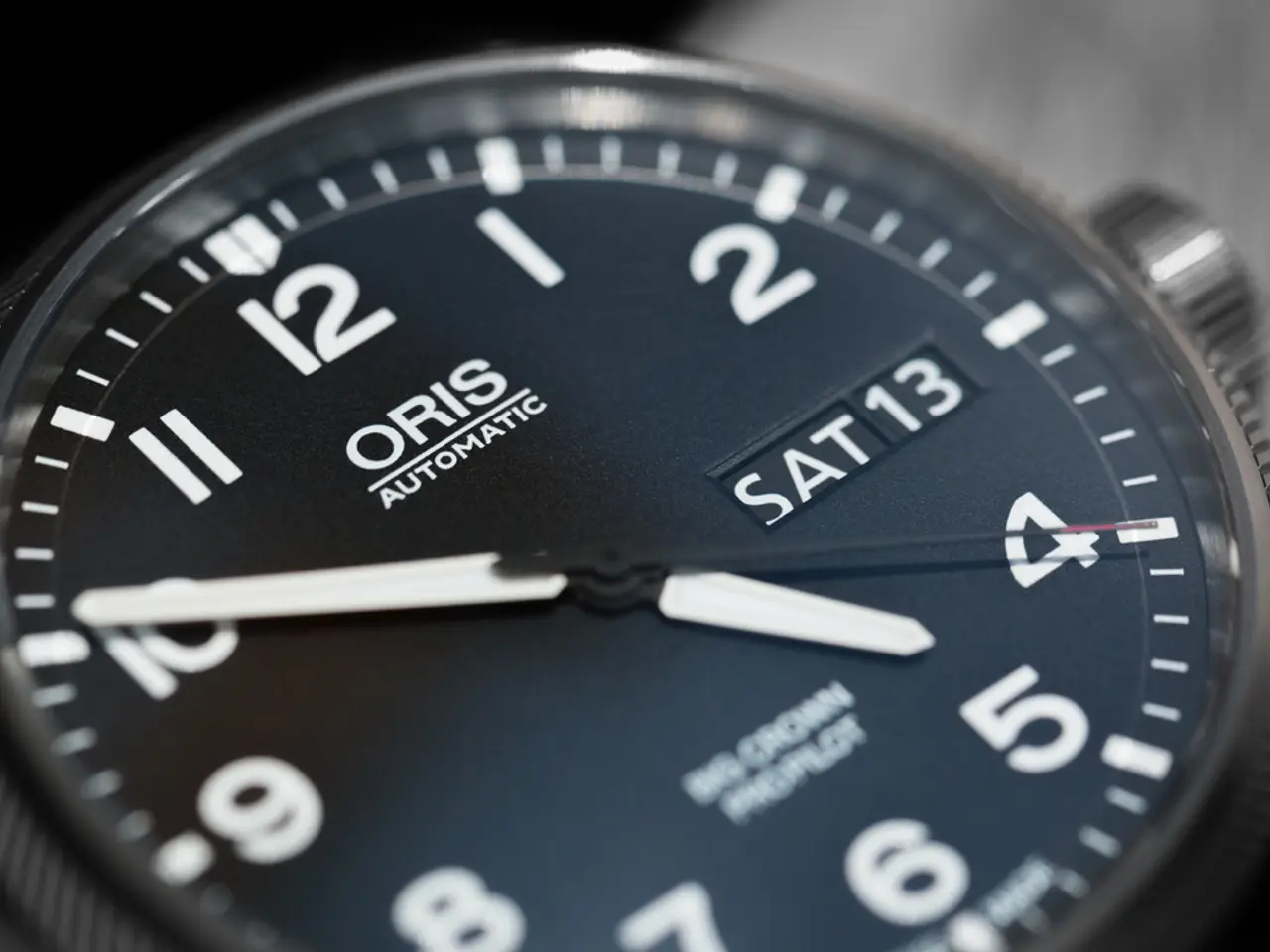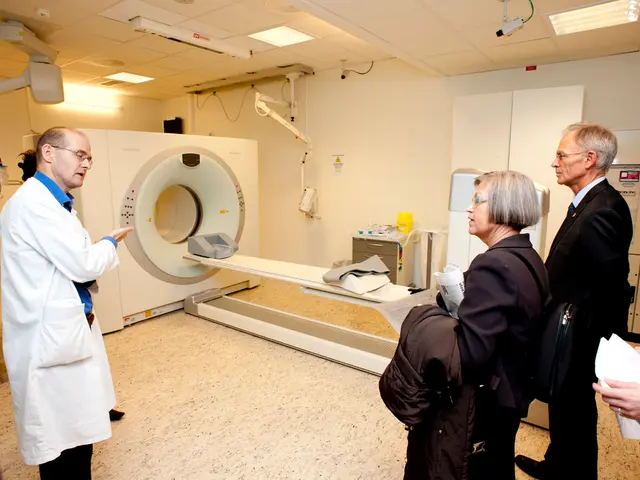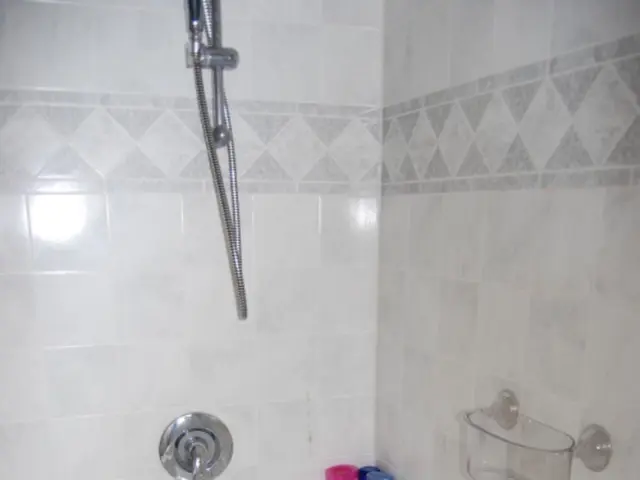Medicare coverage for blood pressure monitors: Yes or no?
In a bid to manage high blood pressure and other related health conditions, many individuals are turning to home blood pressure monitors. However, Medicare, the federal health insurance program for people aged 65 and over, may not always cover the cost of these devices. Here's a breakdown of the specific circumstances under which Medicare will provide coverage for home blood pressure monitors.
### Covered Cases
1. Home Renal Dialysis Patients: For those undergoing renal dialysis at home, Medicare Part B will cover a manual blood pressure cuff and stethoscope, as regular and accurate monitoring is essential for managing their condition.
2. Ambulatory Blood Pressure Monitoring (ABPM): If your doctor suspects "white coat hypertension" (high readings only in clinical settings) or "masked hypertension" (normal readings in clinic but high elsewhere), Medicare may cover the rental of a 24-hour ABPM device once per year with a physician’s recommendation. This is not a standard home cuff—it is a specialized, temporary device.
3. Remote Patient Monitoring (RPM) Programs: Medicare may reimburse providers for remote physiologic monitoring services, which can include home blood pressure monitors, if the device automatically transmits data (not manual entry) and the patient meets criteria for RPM (e.g., chronic or acute condition, minimum 16 days of use per month). The patient must be at home (not in a nursing facility), and only one provider can bill for RPM services per patient in a 30-day period. RPM is not restricted only to chronic conditions; it can also apply to post-operative or acute care if medically appropriate.
### Non-Covered Cases
1. Routine Home Monitoring: If you simply want a home blood pressure cuff for regular self-monitoring without meeting the above criteria, Medicare does not cover the cost.
2. Manual Data Entry Devices: For RPM, devices that require patients to manually enter readings (rather than automatically transmitting data) are not eligible for reimbursement.
3. Residents of Nursing Homes/Long-Term Care: RPM services, including blood pressure monitoring, are not covered for patients in nursing facilities or long-term care centers.
A key requirements table summarizes the scenarios in which Medicare coverage is available or not.
### Next Steps
If you believe you meet one of the covered criteria, discuss the need with your healthcare provider, who must document and order the device or service. You may also want to check for other programs, such as primary care practices or hypertension programs that may loan monitors, or Medicaid, which now covers home blood pressure monitors in many states.
Remember, it's important to verify the accuracy of your device if you purchase one, and you may want to bring it to your next doctor's appointment for verification and accuracy checks.
In summary, Medicare covers home blood pressure monitors only for home dialysis patients, specific diagnostic needs (via ABPM rental), or as part of an RPM program with automatic data transmission—all requiring physician involvement and documentation. General at-home use is not covered. Before purchasing a blood pressure monitor, ensure it has the correct size cuff for your upper arm and, if possible, check for a particular validation for use in people of certain age ranges or for use during pregnancy.
[1] Medicare.gov [2] American Heart Association [3] Centers for Medicare & Medicaid Services [4] National Kidney Foundation
- Home Renal Dialysis Patients under the Medicare Part B program are granted coverage for a manual blood pressure cuff and stethoscope because accurate monitoring is vital for their condition.
- In cases where doctors suspect 'white coat hypertension' or 'masked hypertension', Medicare may cover the rental of a 24-hour Ambulatory Blood Pressure Monitoring (ABPM) device once per year upon a physician’s recommendation.
- Medicare may reimburse for Remote Patient Monitoring (RPM) services, including home blood pressure monitors that automatically transmit data, if the patient qualifies based on certain conditions, meets usage criteria, and is not in a nursing facility.
- Routine home monitoring for a home blood pressure cuff is not covered by Medicare if you simply want it for regular self-monitoring.
- For RPM, devices that require manual data entry are not eligible for Medicare reimbursement; automatic data transmission is necessary.
- In nursing facilities or long-term care centers, RPM services, including blood pressure monitoring, are not covered by Medicare.
- Chronic or acute conditions, minimum 16 days of use per month, and home residency (not in a nursing facility) are prerequisites for Medicare to reimburse providers for remote physiologic monitoring services.
- Medicaid now covers home blood pressure monitors in many states and may be an alternative program to consider for coverage.
- It's essential to check the accuracy of your home blood pressure monitor before purchasing, and regular check-ups with your healthcare provider are recommended.
- When purchasing a blood pressure monitor, ensure it has the correct size cuff for your upper arm and, if possible, look for a particular validation for use in specific age ranges or during pregnancy.







